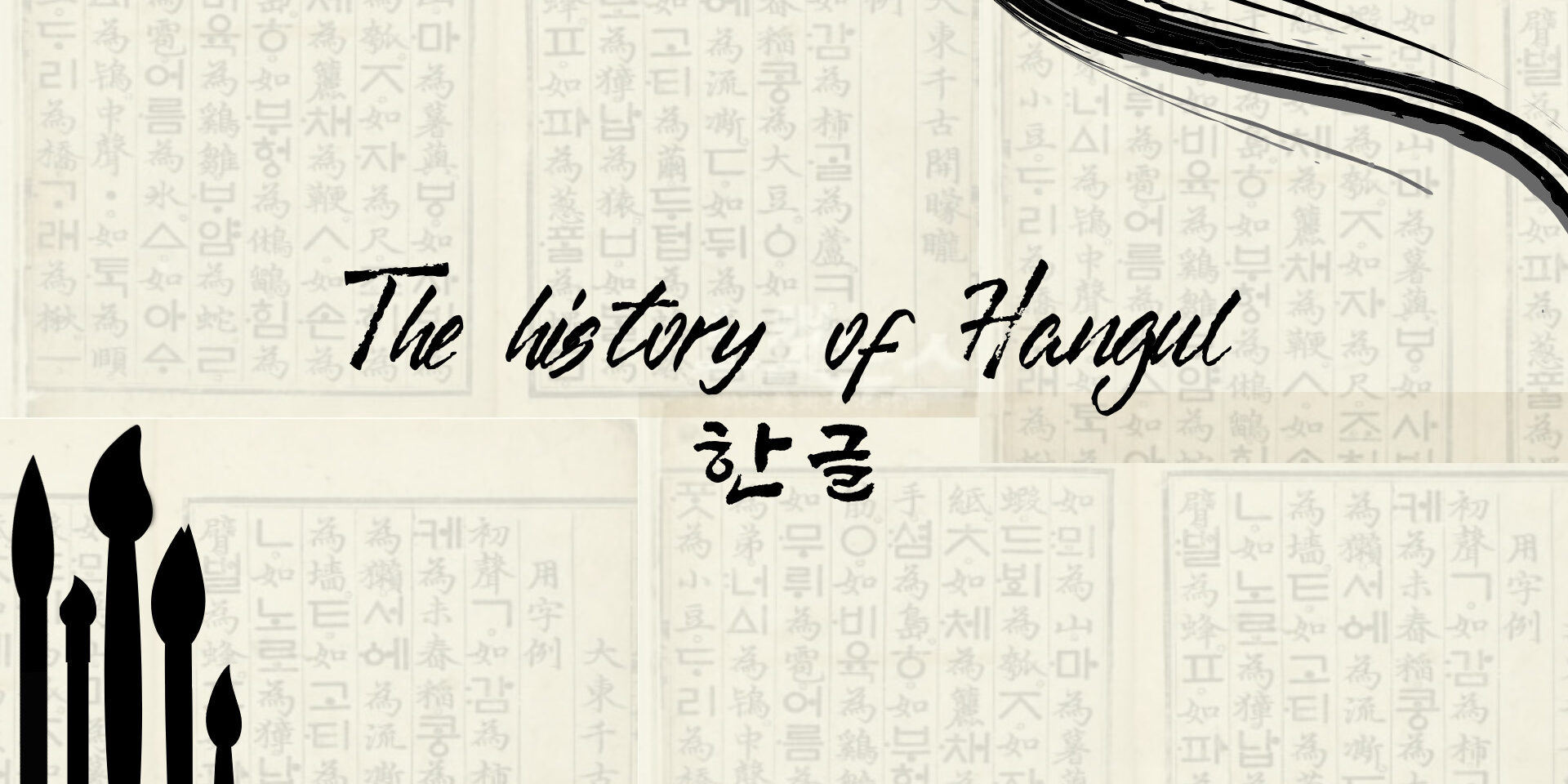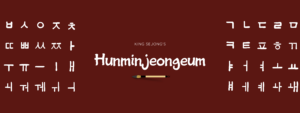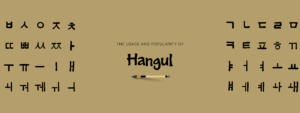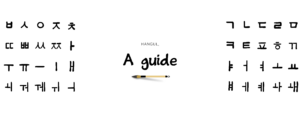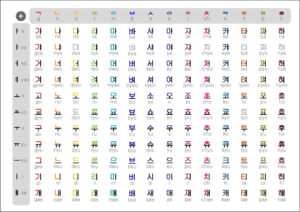The origin of the Korean language is still a subject of debate between researchers, but one thing is sure: we know how and why Hangul was invented! Let’s talk about the Korean alphabet!
King Sejong’s Hunminjeongeum
Up until only a few centuries ago, Korean people used Chinese characters (Hanja) to write and read. Chinese characters were imported with Buddhist literature but are not very practical when applied to other languages because they’re logographic. Koreans tried adapting Chinese characters. They altered the pronunciation of the characters to better fit their language. They used Hanja to express sounds more than meanings which wasn’t convenient and way too difficult to read for the average Korean person. Even today, researchers struggle to decipher old Korean writings because of their confusing meanings. For a very long time, only Korean societal elites were able to read and write.
In the 15th century, King Sejong the Great wanted desperately to change that in order to make his political ambitions possible to achieve. He wanted the people to follow Confucianism ethics, farming and medicine techniques so he worked with a few scholars to create a new alphabet that would fit the language. The priority was to be able to better express emotions and ideas through writing and therefore better educate Koreans. On October 9th of 1446, the Hunminjeongeum (“The Proper Sounds for the Instruction of the People”) was published. That day is considered a national holiday now. The Hunminjeongeum is a national treasure and a Memory of the World by the UNESCO.
The usage and popularity of Hangul throughout time
The Korean lower classes, popular writers and women slowly adopted the new language system during the 16th century. However, it was not popular among societal elites who believed the only true way to write the Korean language was to use Hanja. Hangul only became the official language at the end of the 19th century when King Kojong passed the Gabo reform.
During Japanese occupation, Hangul was allowed at first. Koreans even worked to perfect its grammar. It was then banned in 1938. Luckily, a few militant groups kept it alive up until the end of World War II. Nowadays, the literacy rate of South Korea is 98.8%, a success for King Sejong’s initial ambitions!
Hangul: a guide
Hangul is an alphabetical system composed of vowels and consonants forming monosyllabic blocks. The consonants are meant to represent the shape of the tongue while they’re pronounced which is incredibly smart as it makes it a lot easier to learn. Even non-korean speakers can easily learn how to read Hangul. Here’s a little guide to get started!
© Meridian linguistics
Sources:
Britannica, T. Editors of Encyclopaedia (2022, March 16). Hangul. Encyclopedia Britannica. https://www.britannica.com/topic/Hangul-Korean-alphabet
Korea100, (2017, November 30th). Knowledge is Power – The Origin and Historical Usage of the Korean Alphabet, Hangeul. http://dh.aks.ac.kr/Korea100/wiki/index.php?title=Knowledge_is_Power_-_The_Origin_and_Historical_Usage_of_the_Korean_Alphabet,_Hangeul&oldid=3904

